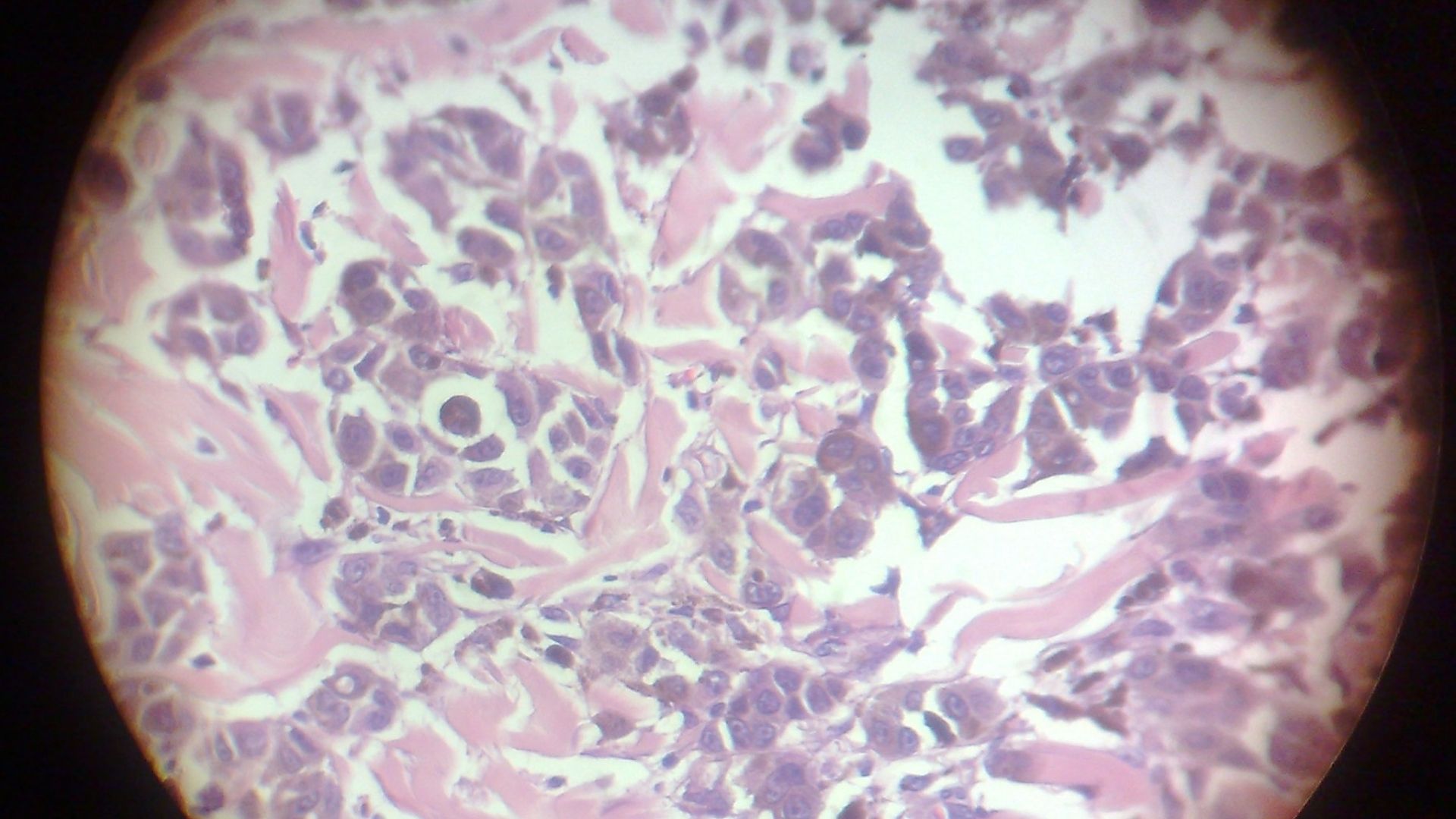Acute cholecystitis is a sudden and severe inflammation of the gallbladder. It is usually caused by a blockage of gallstones in the gallbladder. The gallbladder is an organ in the abdomen below the liver and secretes bile during the digestive process.
Acute cholecystitis begins when the flow of bile in the gallbladder is blocked due to a gallstone blockage. The blockage causes the pressure inside the gallbladder to increase and bacteria multiply. This causes inflammation and infection in the gallbladder.
Symptoms of acute cholecystitis include severe abdominal pain (usually localized in the right upper quadrant), fever, nausea, vomiting, abdominal tenderness, loss of appetite and jaundice (yellowing of the skin and whites of the eyes). Symptoms occur rapidly and require urgent medical attention.
Acute cholecystitis can be diagnosed by evaluation of symptoms, physical examination, blood tests (inflammatory markers, liver function tests), imaging (ultrasonography, computed tomography) and sometimes surgical procedures such as laparoscopic cholecystectomy when surgical removal of the gallbladder is necessary.
Treatment usually involves surgical intervention. Removal of the gallbladder (cholecystectomy) is recommended for most patients during an acute attack. Laparoscopic cholecystectomy is a minimally invasive surgical procedure and usually leads to a faster recovery. Antibiotic treatment can also be used to control infection.
Acute cholecystitis is a serious condition and can lead to complications if left untreated. These include infection of the gallbladder or bile ducts, gallbladder perforation, biliary peritonitis (infection in the abdominal cavity), blockage by a gallstone and pancreatitis (inflammation of the pancreas). Therefore, a person experiencing symptoms of acute cholecystitis should seek medical attention immediately.



